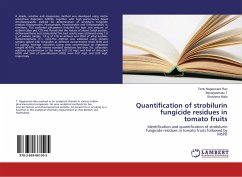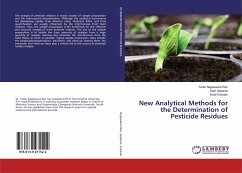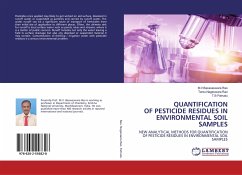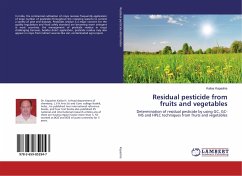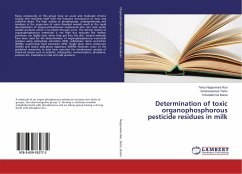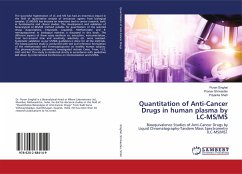A simple, sensitive and inexpensive method was developed using matrix solid-phase dispersion (MSPD), together with high performance liquid chromatographic method for determination of strobilurin fungicide residues (Azoxystrobin, Picoxystrobin, Pyraclostrobin and Trifloxystrobin) in tomatoes. The evaluated parameters included the type and amount of sorbent (silica gel, C18 and Florisil) and the nature of eluent (ethyl acetate, dichloromethane and acetonitrile).The best results were obtained using 1.0 g of tomato sample, 1.0 g of C18 as sorbent and 20ml of ethyl acetate-dichloromethane (1:1, (v/v)).The method was validated using tomato samples spiked with fungicides at different concentration levels (0.05 and 0.5 µg/mL). Average recoveries (using each concentration six replicates) ranged 90-97%, with relative standard deviations less than 3%, calibration solutions concentration in the range 0.01-2.0 mg/L and limit of detection (LOD) and limit of quantification (LOQ) were 0.01 mg/L and 0.05 mg/L respectively.
Bitte wählen Sie Ihr Anliegen aus.
Rechnungen
Retourenschein anfordern
Bestellstatus
Storno

